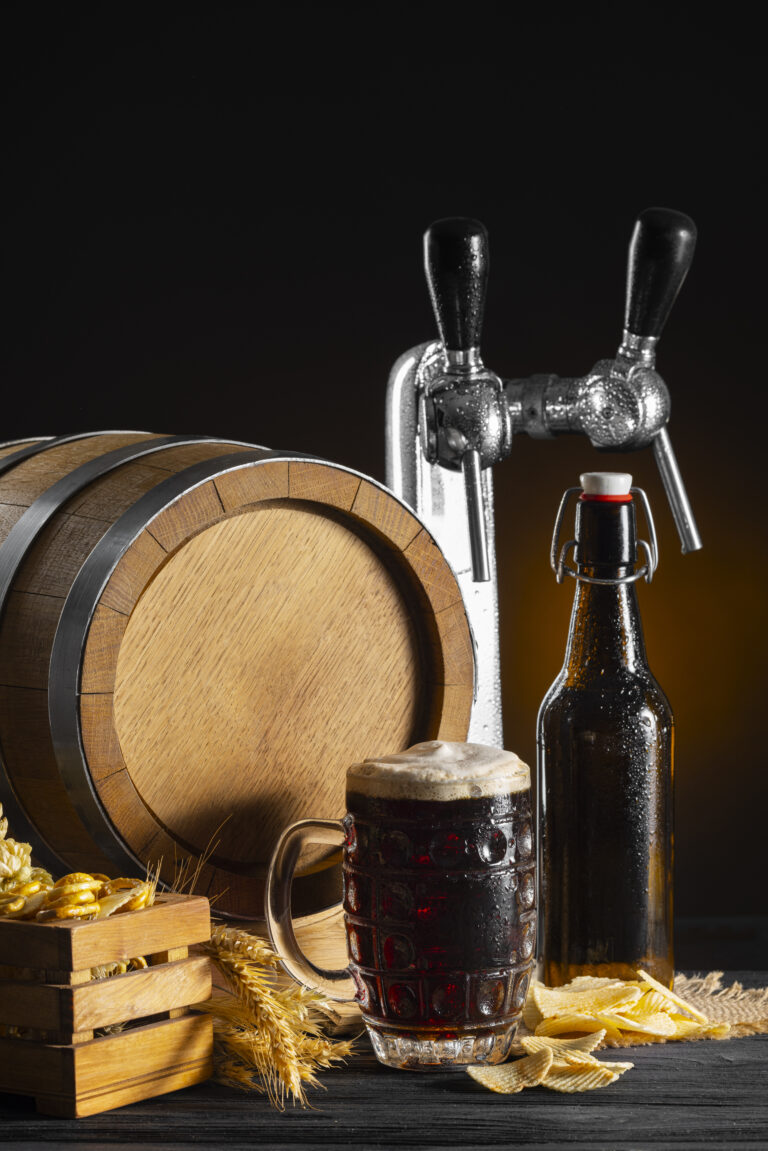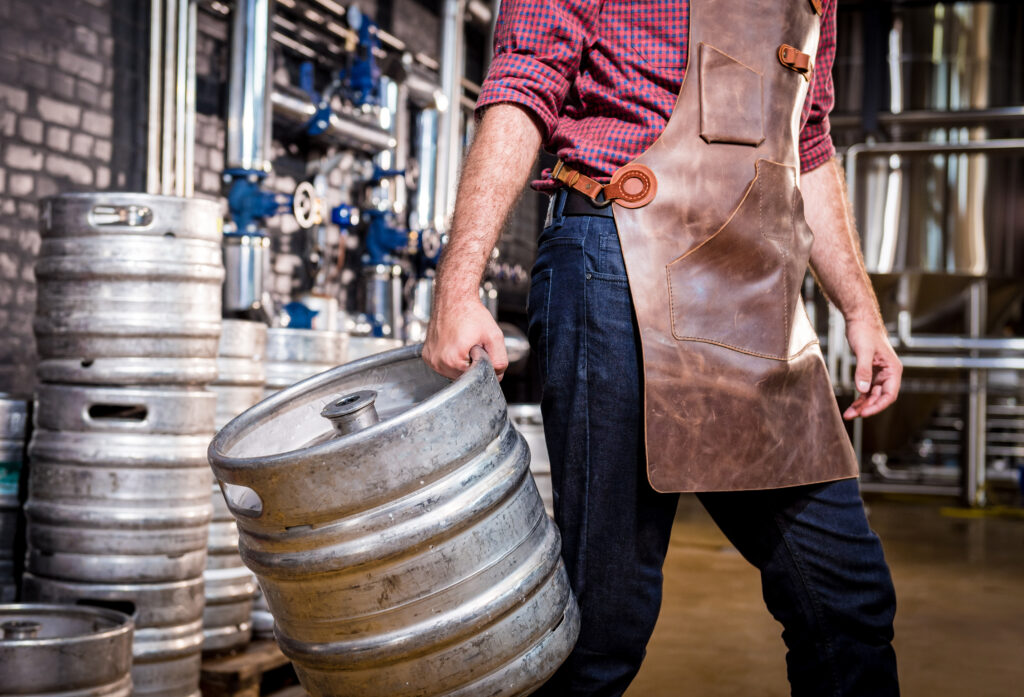In the beer universe, the distinctions between draught beer and bottled beer may seem blurry to many. How do they truly differ? Let’s unravel the nuances that set them apart.
Table of Contents
Pasteurisation: a turning point
Pasteurisation, a fundamental process in beer production, marks a significant difference between draught beer and bottled beer.
When subjected to pasteurisation, its temperature is raised to around 65°C for a certain period of time, which inactivates the microorganisms present in the liquid. This thermal treatment is crucial to ensure the microbiological stability of bottled beer, prolonging its shelf life and reducing the risk of contamination. However, this process also entails certain consequences for the taste and aroma of the beer. Heat exposure can alter aromatic compounds and flavour profiles, affecting the complexity and freshness of the beer.
On the contrary, draught beer, not being subjected to pasteurisation, retains its natural characteristics intact. This means it retains the live microorganisms present in the liquid, which can contribute to a greater sensory complexity and a more dynamic flavour experience. However, this lack of pasteurisation also means that draught beer is more susceptible to microbiological contamination and has a more limited shelf life compared to its counterpart.

Packaging and carbonation: technical differences
The difference in packaging between bottled and draught beer not only affects its physical presentation but also has a significant impact on its quality and freshness. While bottled beer is sealed in glass or metal containers, draught beer is stored in stainless steel kegs, which offer unique advantages in terms of preservation and flavour. Stainless steel kegs provide a hermetic environment that protects the beer from oxidation and microbial contamination, helping to maintain its freshness and quality for longer periods. Additionally, this storage method avoids exposure to light, which can trigger unwanted chemical reactions in the beer and cause undesired flavours, such as “light” or “skunky” taste.
Considering temperature and shelf life
The right temperature is essential for enjoying a good beer. Draught beer is typically served between 3 and 5°C, while bottled beer may have a longer shelf life due to pasteurisation. However, the freshness of draught beer is ephemeral and should be consumed quickly after tapping the keg.
Now that we’ve broken down the differences between draught beer and bottled beer, the decision on which to enjoy falls to your personal preferences. Whether it’s for its ephemeral freshness and distinctive flavour or for the convenience of a longer shelf life, both options offer a unique beer experience especially if enjoyed in Temple Bar.




